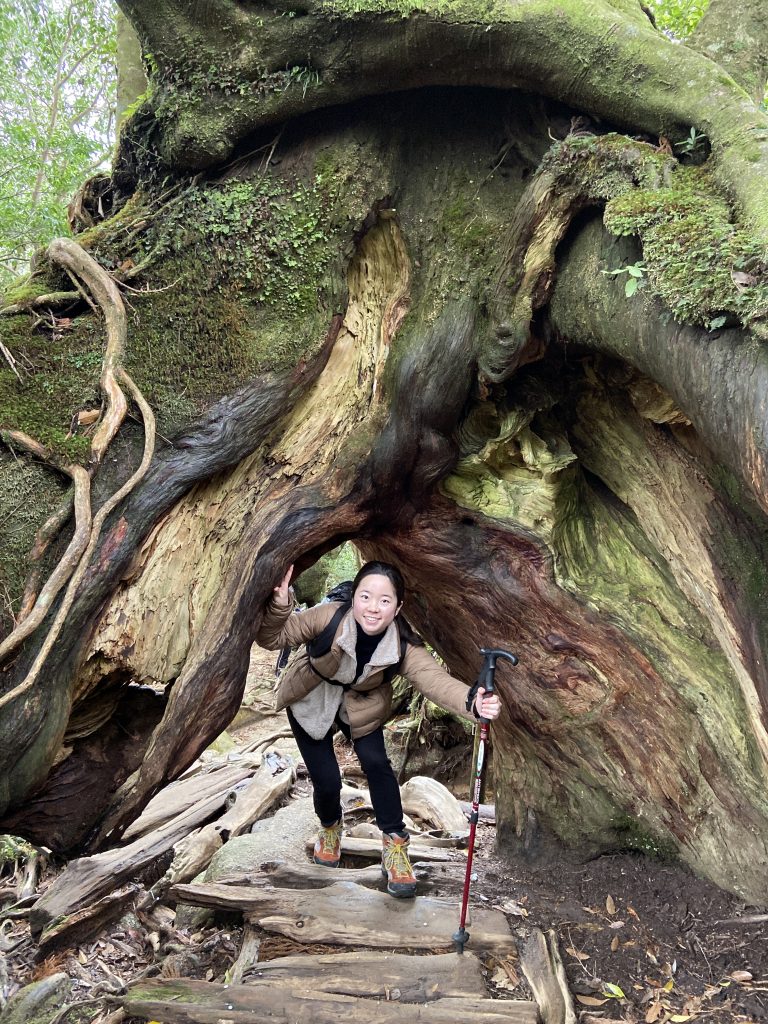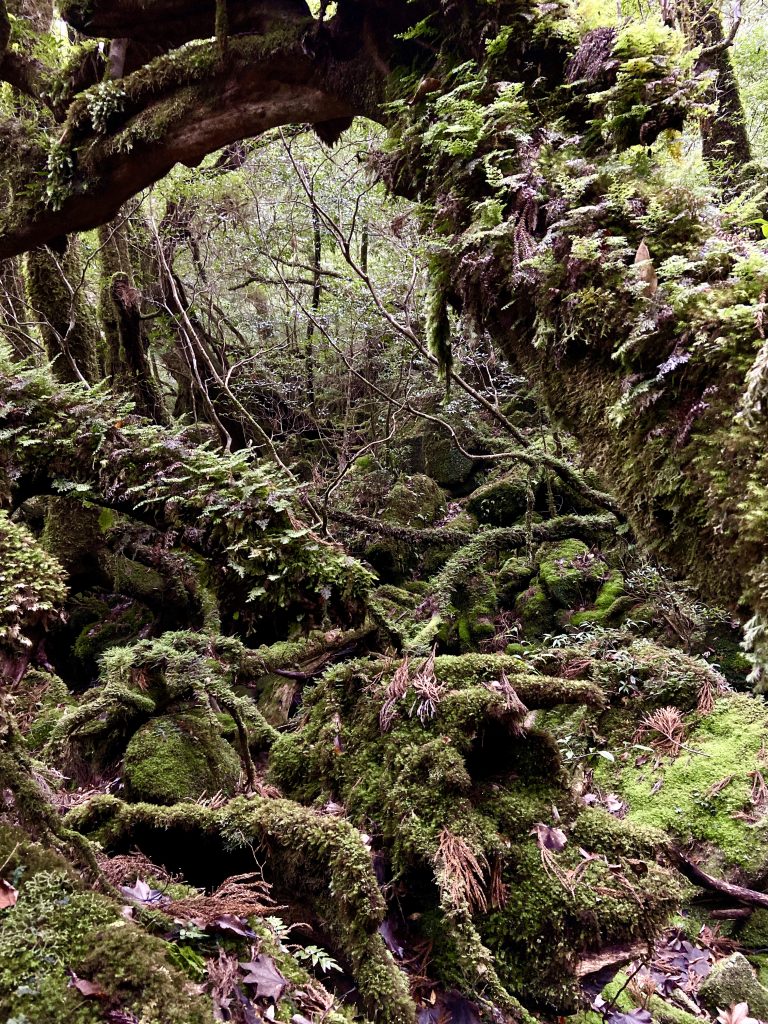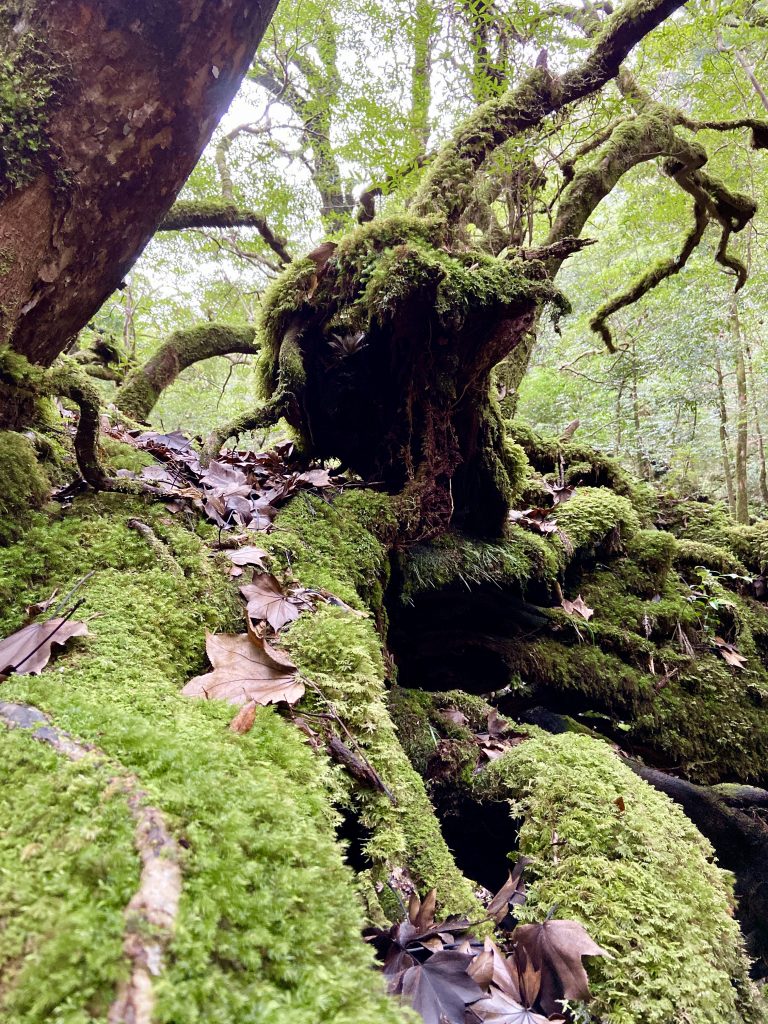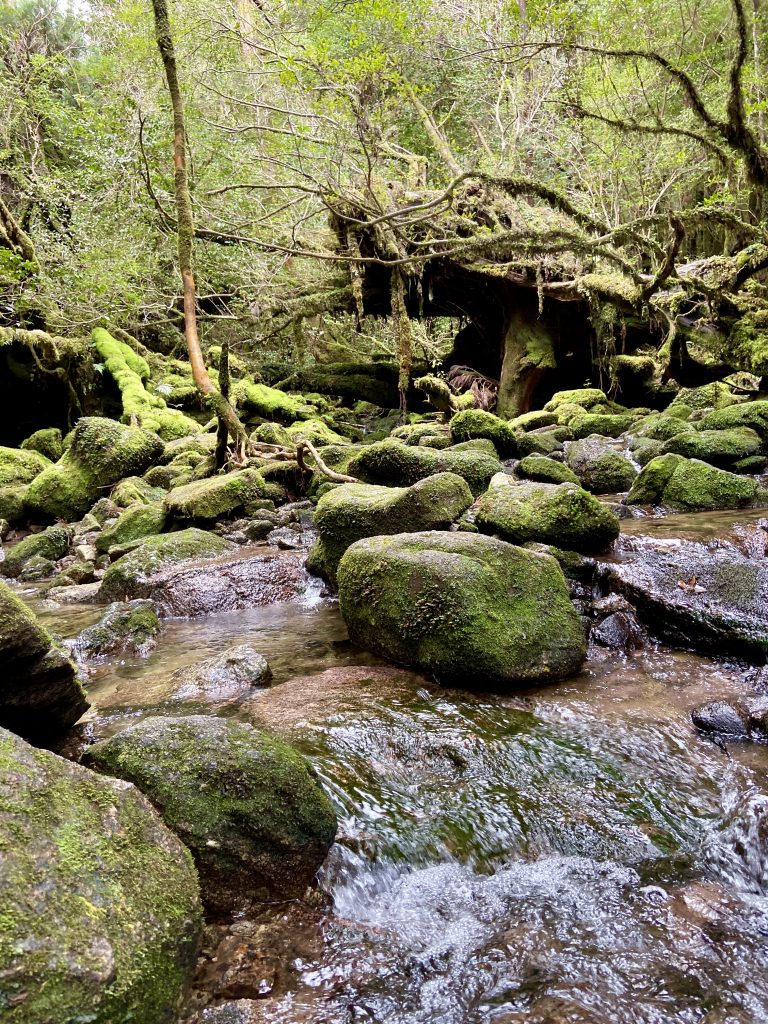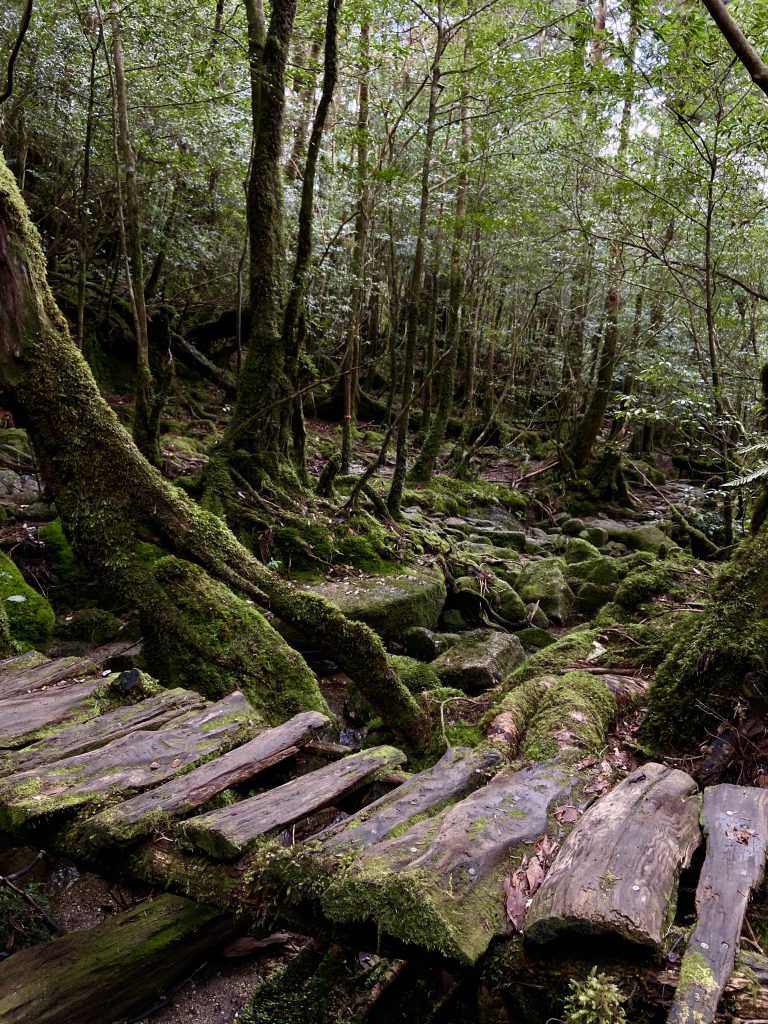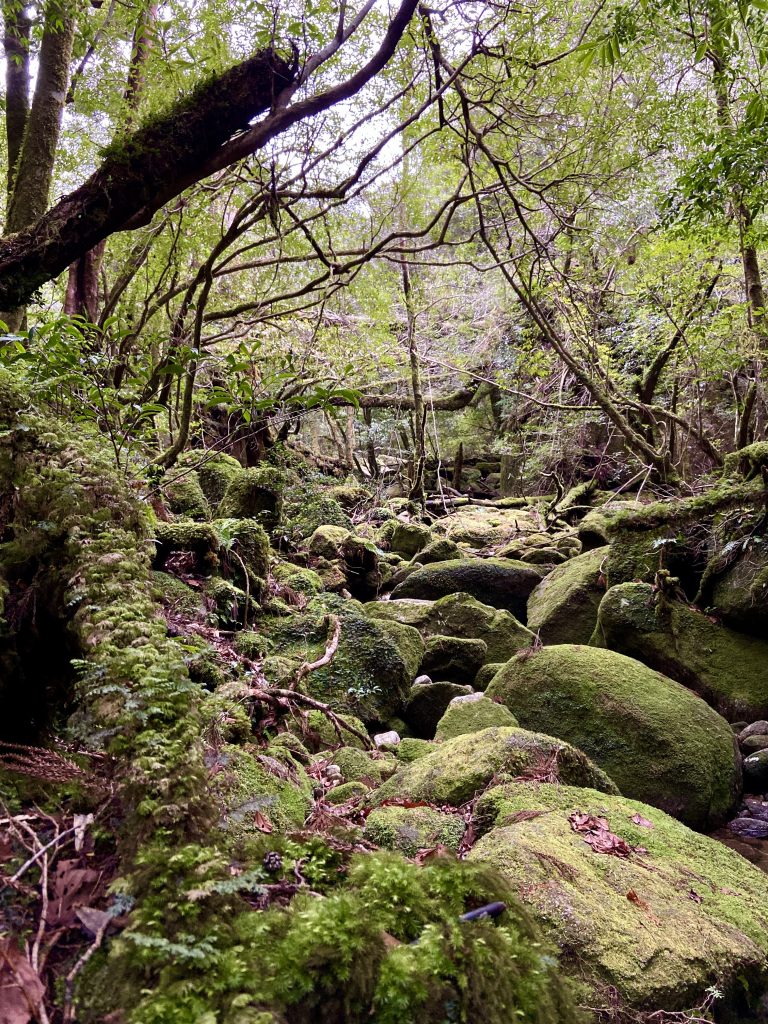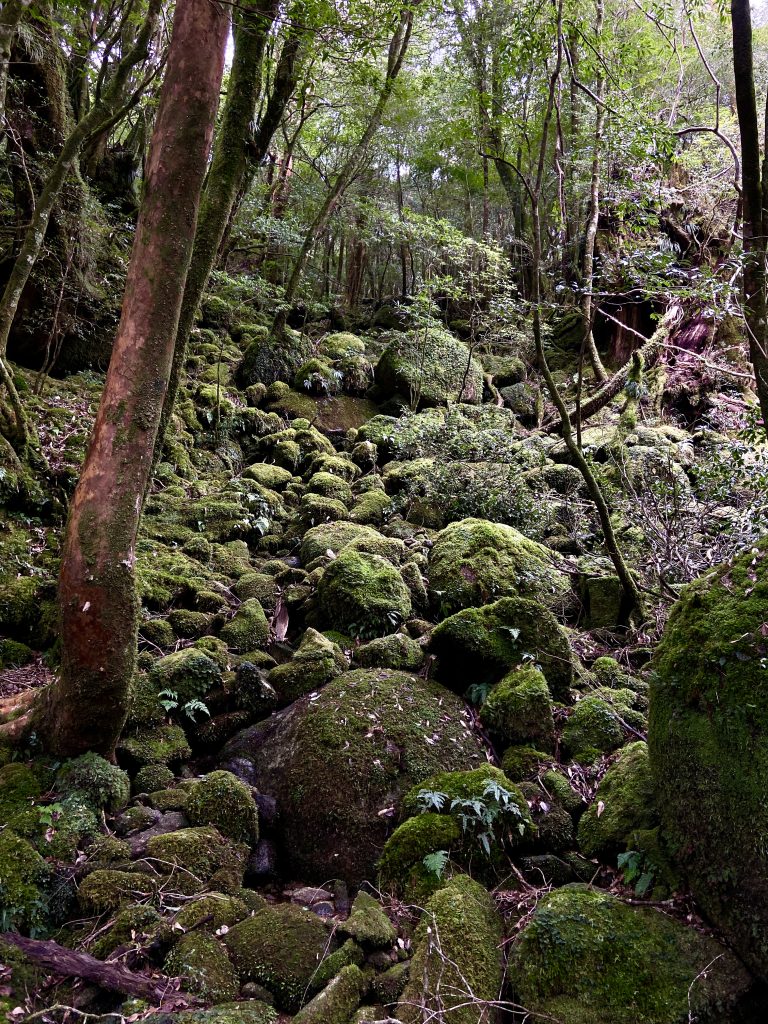
We celebrated the end of the decade in Yakushima, an island south of Kagoshima, covered with luscious cedar forests and moss covered granite rocks. It’s an island that seems right out of a Studio Ghibli film with monkeys spilling out onto the roads, deer running through hiking trails and trees older than 3000 years old. In fact, director Miyao Hayazaki of Ghibli got a great deal of inspiration from the forests of Yakushima in his films, especially in Princess Mononoke. In this post, I’m going to walk you through our experience in Yakushima from what we ate, what we saw, where we slept and what we loved!
Yakushima is one of a series of volcanic islands at the edge of the Philippine plate boundary. From Tokyo, we took a flight to Kagoshima airport from Haneda, then from Kagoshima to Yakushima’s small local airport. I emphasize small. There’s a tiny cafeteria, one check-in counter, one bathroom outside the gate (so make sure to finish your business before you go through security).
Stay
Seaside Hotel shuttle service picked us up from the airport and took us to our hotel. It’s not the Four Seasons, but we enjoyed our stay there. There are two ‘classes’ to the hotel: the new wing has nicer rooms, views of the ocean and sleep wear. We stayed in the older wing in a traditional tatami mat room. What was best was the food: the breakfast buffet had a variety of choices, including sashimi and cod-roe, as well as local specialties. Dinner was a different course menu every night and it was quite delicious. There is a public bath in the lower level to help you wind down after a long day hiking or sightseeing. The hotel rents out hiking goods, from shoes to backpack covers, and you can even do your laundry in the basement laundromat.
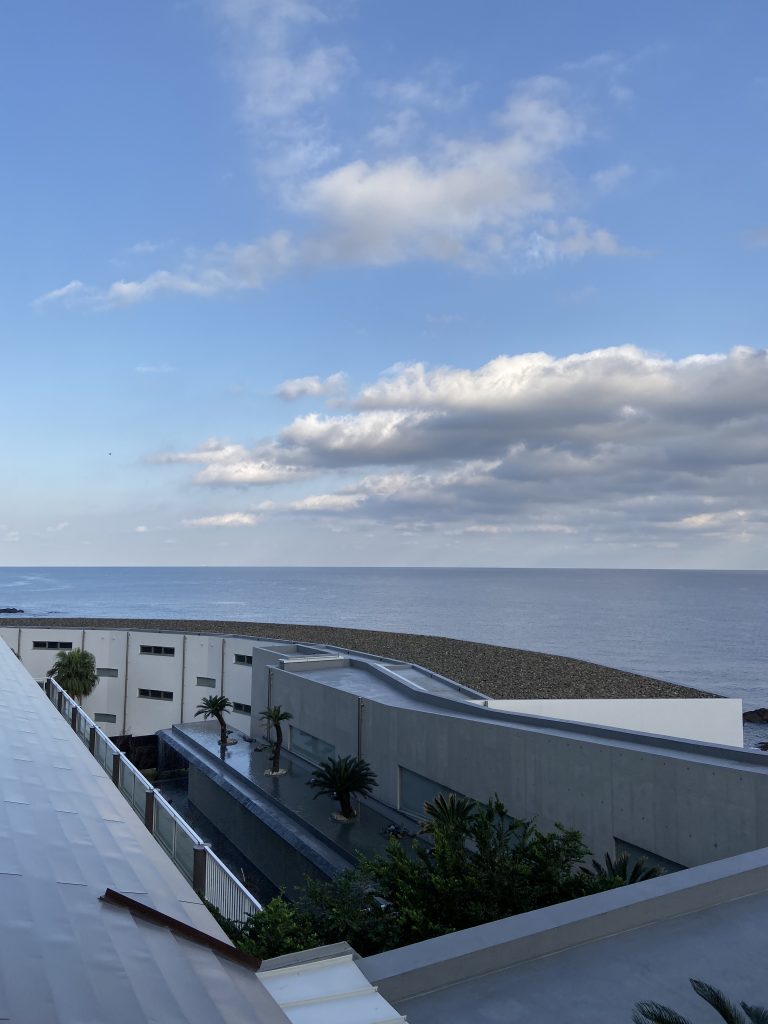
Food
We took all of our breakfast and dinner at the hotel, but for our first lunch we went to Katagiri-san. Yakushima is known for Tobiuo, flying fish. Katagiri-san serves a delicious tobiuo dish served with rice and tea soup, which you mix in with other condiments after you enjoy it with just rice. The oden there was very good as well.
For another lunch, we went to Sankara Hotel and Spa, a luxury villa-style resort. They have a simple lunch course menu for around 2400 yen. The food was decent, although to be worth 2400 yen you will just have to think about how you are paying for the great service (which really is great – valet parking, smiles on the staff, mochi making New Year’s activity). The view from the hotel is great and for travellers willing to spare quite a bit more for their accomodation, I would recommend this hotel.
For dinner, we had the pre-ordered course menu at Seaside Hotel. We really enjoyed their food, which ranged from sashimi to tempura to hot pot. It was very filling, delicious, and varied every night.
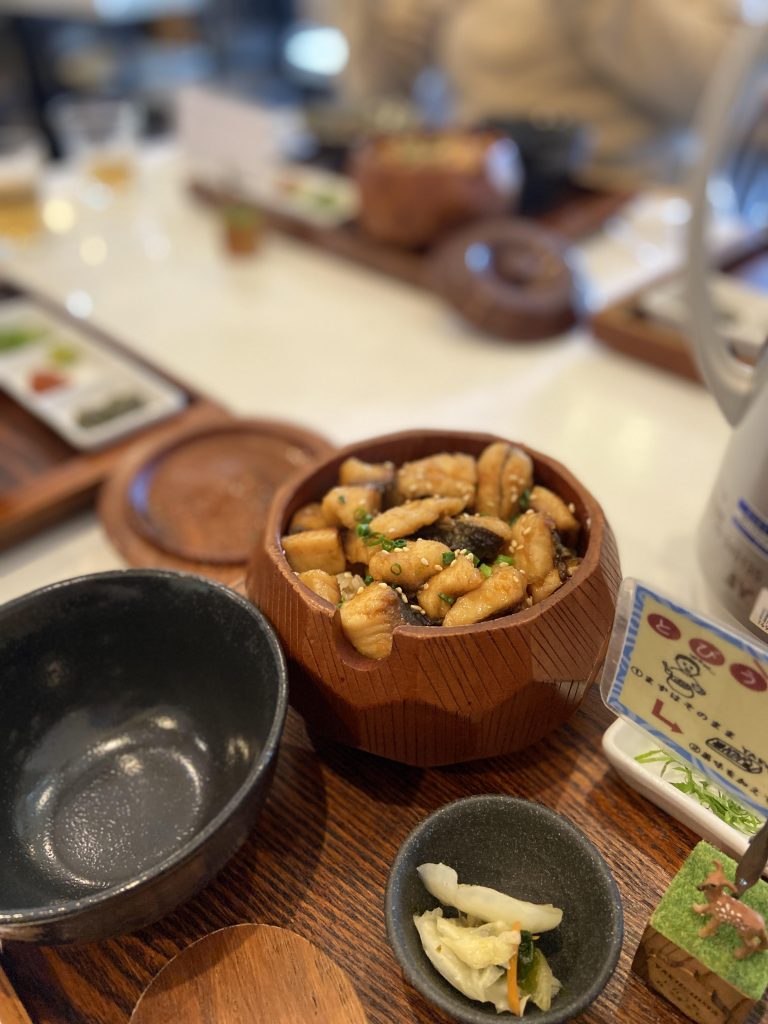

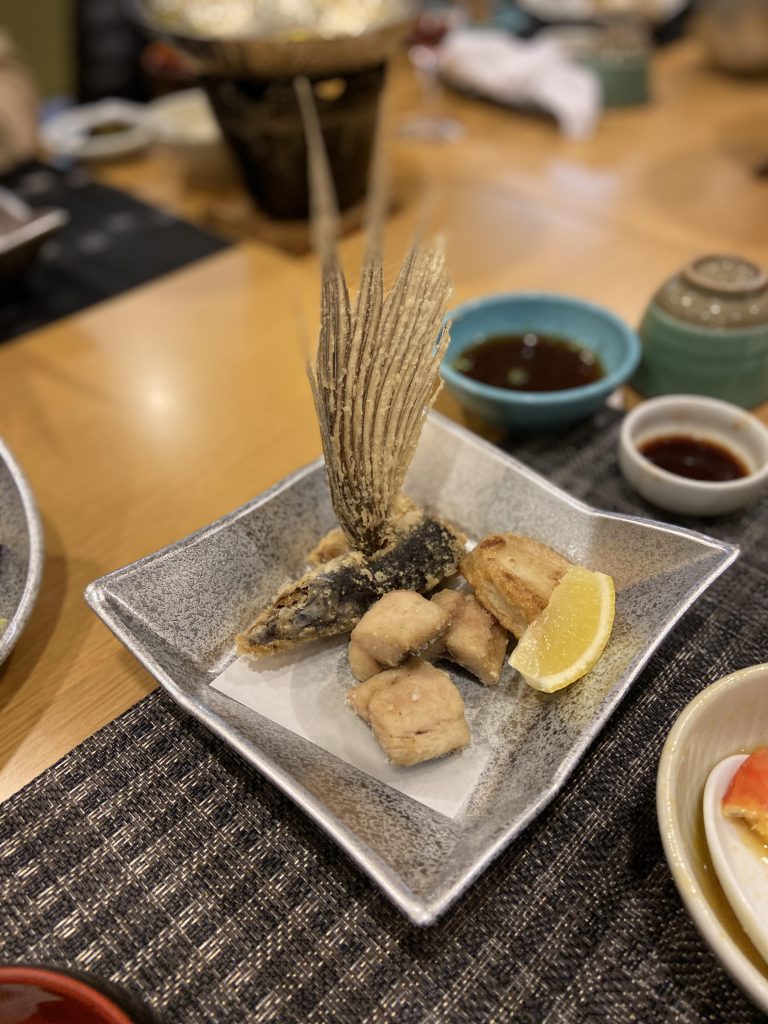
Trekking
On the second day, we went on a guided tour to hike the Shiratani Unsuikyo trail, around 5 hour round trip but took us 6 with lunch and explanations in the middle.
This trail is famous for the moss-covered forest and giant cedar trees, especially those that were cut down during the Edo period and have new interesting growth on top, or those that formed over a dead cedar that is now gone, leaving a ‘cave’.
